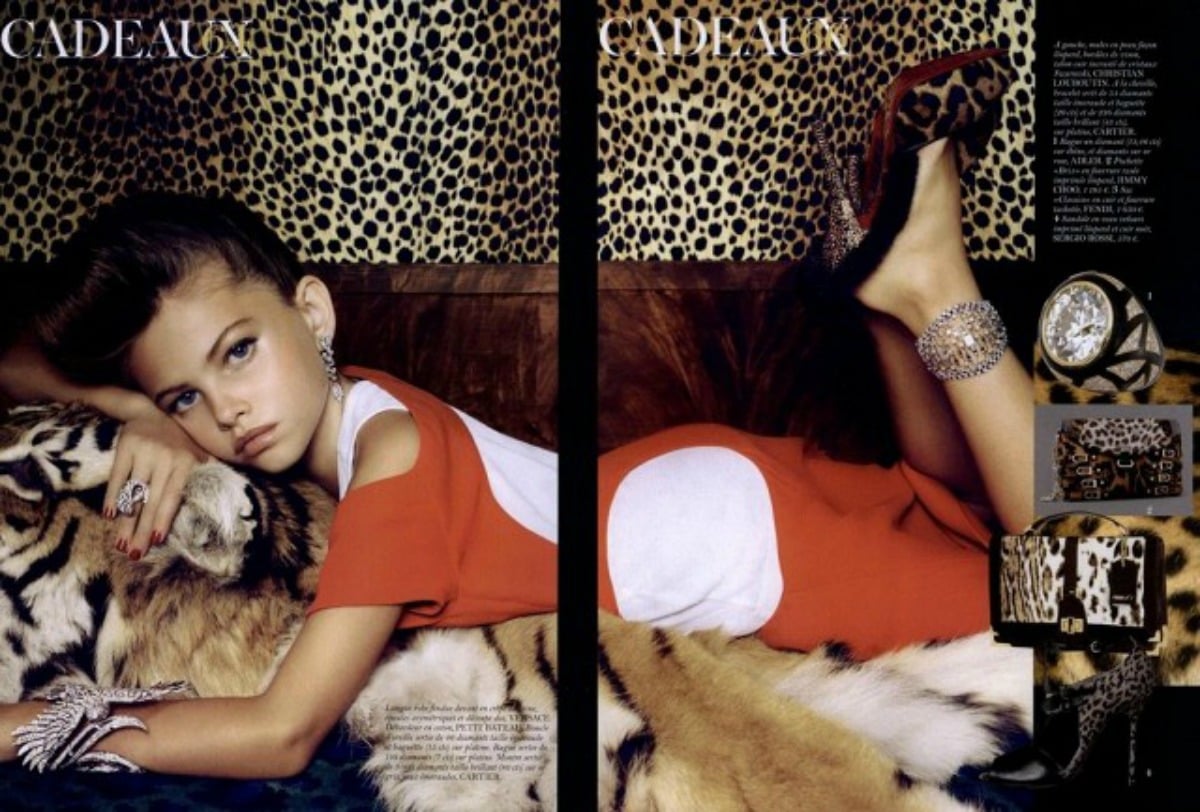
California-based label Hot-as-Hell has divided the public over its decision to cast child models in runway show to introduce its children’s swimwear line, and re-sparked the debate as to what constitutes the sexualisation of children.
The label, whose collection features swimwear for both women and girls, hired, well, women and girls to model their designs at the industry event. The environmentally and ethically-conscious label described its collection as being inspired by, a celebration of, and created for females of all ages.
As the rise of social media has given the general public a voice, the most consistent request seems to be a call for diversity wherever possible. Working within the already restrictive parameters of sample production, the label cast a range of women outside the conventions of those typically seen in Swim Week’s shows to model their Hot-As-Hell line, and daughters of the brand’s creative director, friends and models, to show their new UV-protective and eco-friendly kids line ‘Hot-As-Halo.’
Not content to hire only 20-something beach babes, HAH sent out models of various ethnicities and ages. The model mothers walked with their daughters, others had visible tattoos, a 52-year-old woman strutted the runway and another was very pregnant.

